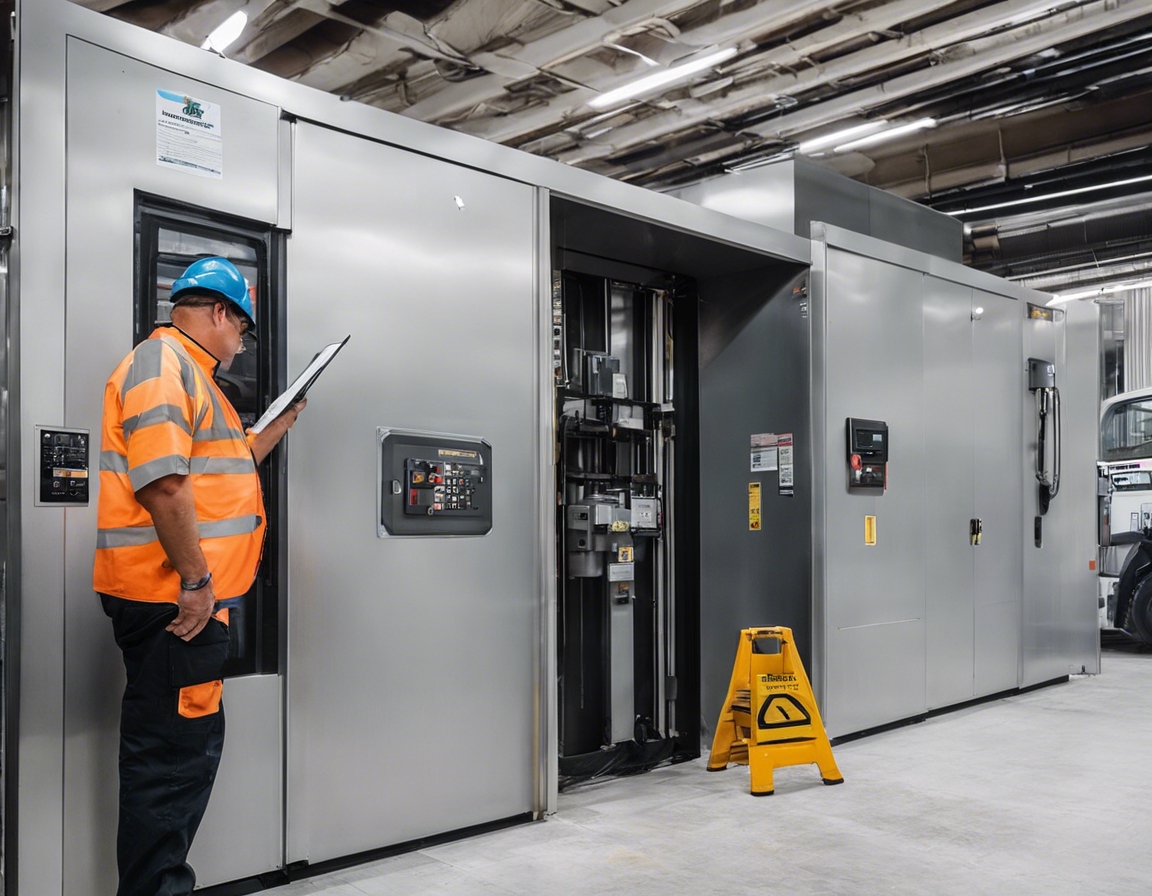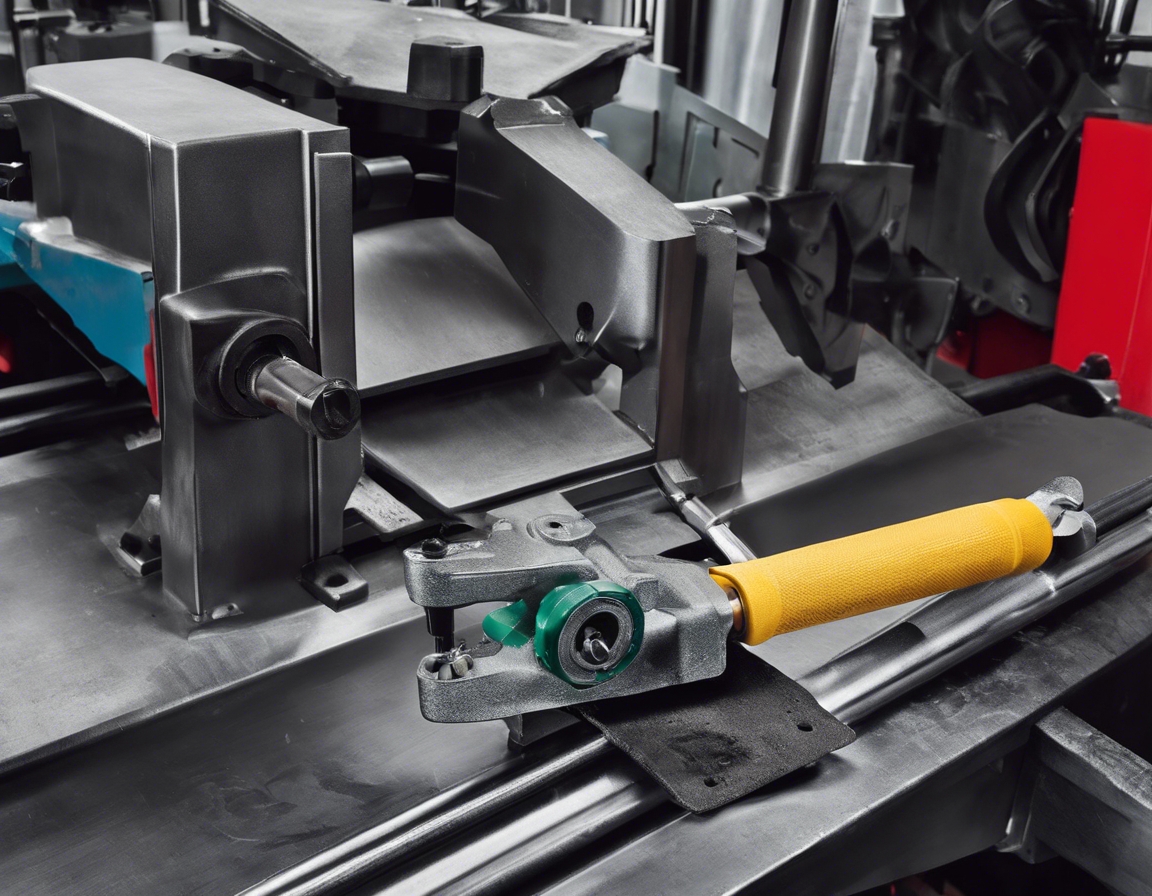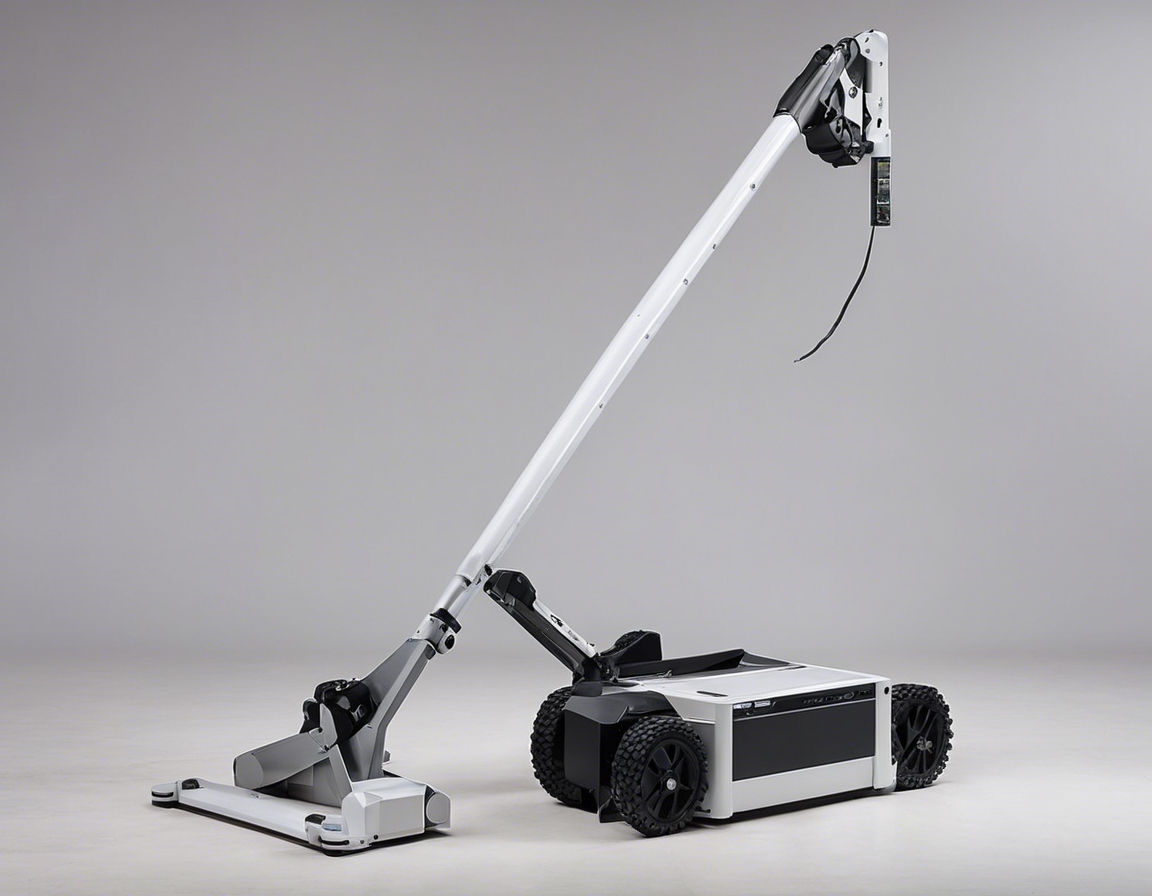The ultimate guide to choosing the right lift for your home
Home lifts, also known as residential elevators, are becoming increasingly popular as they add convenience, accessibility, and value to properties. They are designed to provide easy movement between different floors of a house, making them ideal for individuals with mobility issues or for those who wish to future-proof their homes.
Installing a lift can greatly enhance the quality of life by offering increased mobility, safety, and independence. It can also add a touch of luxury to your home, increase its market value, and make it more appealing to a broader range of buyers.
Types of Home Lifts
Hydraulic lifts are known for their smooth operation and are suitable for homes with sufficient space to accommodate the machinery. They require a separate machine room and are ideal for heavier loads.
Traction lifts, or electric lifts, use a counterweight system and are more energy-efficient than hydraulic systems. They do not require a separate machine room, making them suitable for homes with limited space.
Pneumatic lifts, or vacuum elevators, use air pressure to move the cab. They are compact, require no pit or machine room, and can be easily retrofitted into existing homes.
Platform lifts are a cost-effective solution for wheelchair users, with a design that accommodates a wheelchair and its occupant. They are easy to install and require minimal structural changes to the home.
Step lifts are designed to overcome short vertical distances, such as a few steps, and are perfect for homes where space is at a premium.
Factors to Consider When Choosing a Lift
It's essential to consider the available space in your home and the footprint of the lift. You'll need to ensure there is enough room for installation and operation without compromising the living area.
Consider the lift's load capacity and how you plan to use it. If it's for transporting heavy items or multiple people, you'll need a lift with a higher capacity.
Customization options can help the lift blend seamlessly with your home's design. Aesthetics are important, as the lift should complement the interior and exterior of your home.
Safety should be a top priority. Look for lifts with features such as emergency stop buttons, battery backup, and automatic door locking systems.
Consider the initial investment and the long-term operating costs, including maintenance and energy consumption, when choosing a lift for your home.
Installation and Maintenance
Before installation, you'll need to prepare your home, which may involve construction work to create a shaft or alter the structure to accommodate the lift.
Regular maintenance is crucial to ensure the longevity and safety of your home lift. Choose a provider that offers comprehensive aftercare services.
Regulations and Compliance
It's important to be aware of local building codes and regulations that apply to home lift installations to ensure compliance and safety.
Adhering to accessibility standards is essential, especially if the lift is intended for use by individuals with disabilities.






Comments (0)